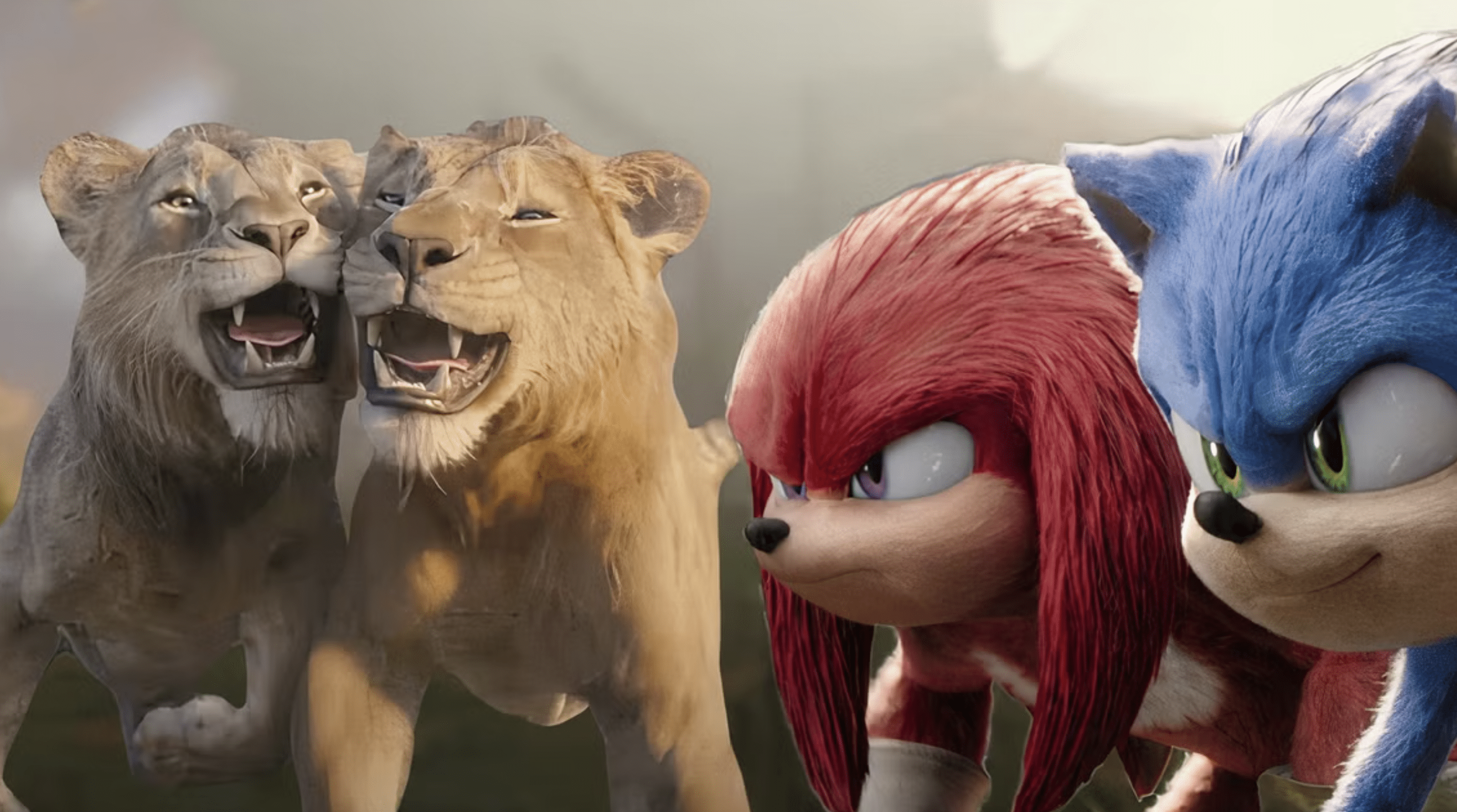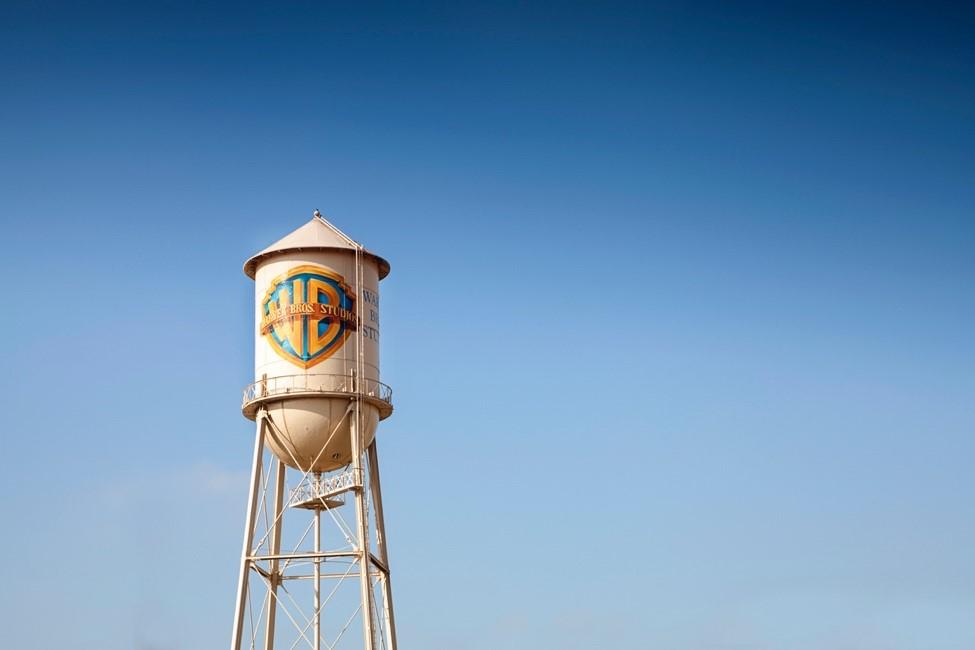As anticipation builds for the release of AVATAR: THE WAY OF WATER, the New York Times takes an entertaining look back at the unique nature of AVATAR as a blockbuster. Despite being the highest-grossing movie of all time, Times journalist Jamie Lauren Keiles maintains that it has had a surprising “lack of cultural impact” on the public.
When asked about the film, audiences struggle to remember the basic elements of its plot, such as the main character’s name (Jake Sully) or the lead actor who played him in the film (Sam Worthington). Filmmaker James Cameron focused on the technology used in making the film as its primary selling point, particularly the ground-breaking use of 3-D.
When it opened in 2009, both critics and audiences were wowed by the special effects, driving many to come back to theatres to watch it again and again. But the reputation of 3-D was tarnished by sub-par releases that followed, which were thrown together quickly to cash in on the 3-D buzz that AVATAR had created.
In fact, AVATAR was not originally developed with a sequel or franchise in mind, which would be unheard of for a major new release in today’s Hollywood. Marvel, DC, Star Wars, Toy Story, Harry Potter, and Jurassic Park are prime examples of the Intellectual Property (“IP”) studios have developed over the years through a series of blockbuster movies, as well as TV series, video games, amusement park rides, toys, and merchandise.
AVATAR never materialized into this, at least up to now. The WAY OF WATER is planned as the first of four sequels, giving new life to what most viewers saw as a finished story. Exhibitors are hopeful that audiences will be drawn back, again and again, to experience AVATAR’s world, even if they can’t quite remember the name of the planet (Pandora).











